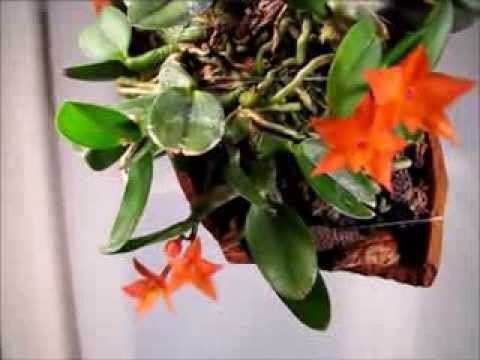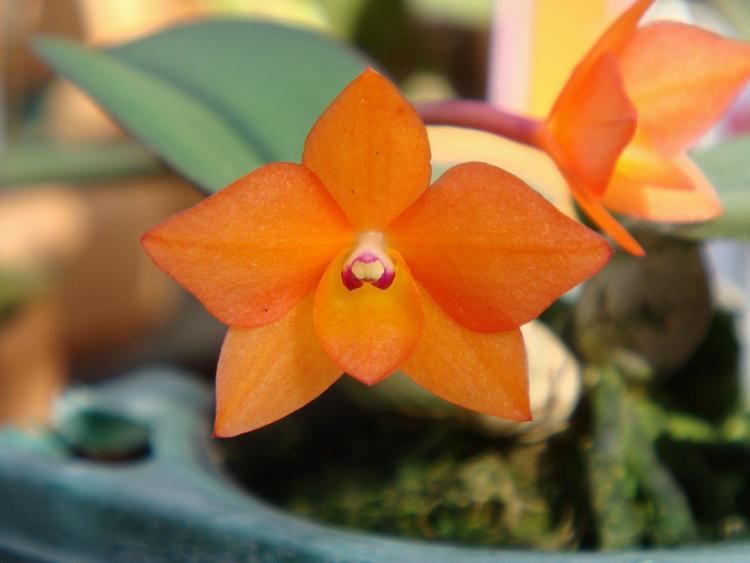Family Orchidaceae Tribe Epidendreae Scientific name Sophronitis cernua Rank Species | Subtribe Laeliinae | |
 | ||
Similar Orchids, Cattleya orchids, Sophronitis, Cattleya coccinea, Cattleya alaorii | ||
Cattleya cernua, commonly known as the Nodding Sophronitis, is a species of orchid occurring from Brazil to northeastern Argentina. It was the type species of the genus Sophronitis until the genus was made synonymous with Cattleya. Twenty plants of S. cernua have received a total of 22 AOS awards. The described flowers range from 1.9 cm to 3.2 cm horizontal spread and from 2.0 cm to 3.0 cm vertical spread.
Contents
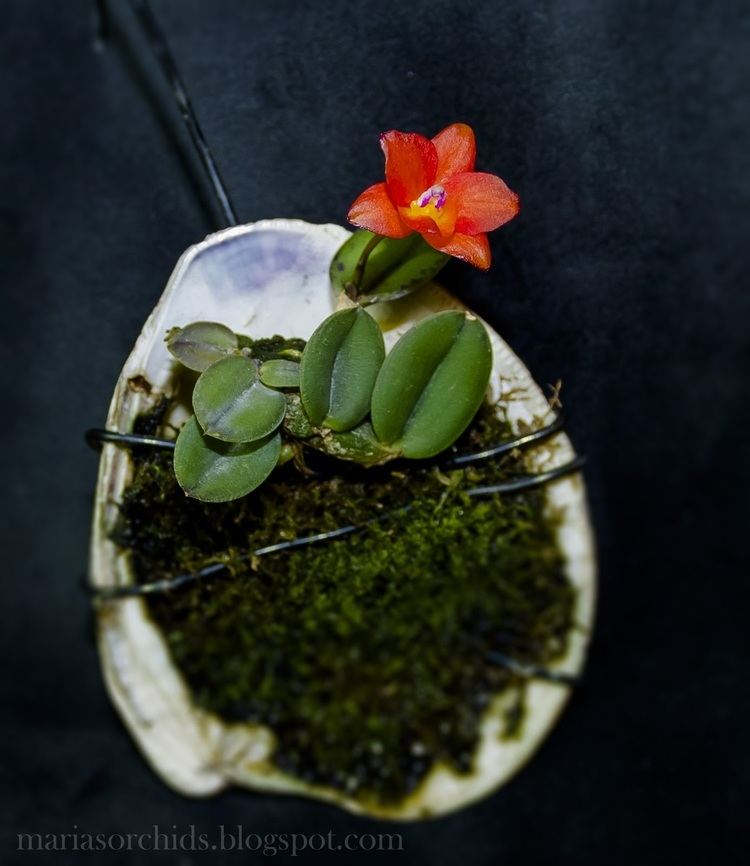
In nature, Cattleya cernua is pollinated by hummingbirds drawn to the blooms' warm colors. The orchid's cryptic pollinia (masses of pollen which adhere together) provide an interesting adaptation to hummingbird pollination. C. cernua is pollinated when sticky pollinia are deposited on a bird's beak. While most orchid pollinia are yellow, hummingbird pollinated orchids' pollinia are darker colored. A bright yellow pollen would produce a sharp visual contrast against the color of the beak, and the bird would be stimulated to clean his beak. Such a behavior which would be a reproductive disaster for the orchid. Therefore, to avoid detection, half of all hummingbird-pollinated orchids evolved dark pollinia−blue, gray or brown−which most closely approaches the colors which predominate in the birds' beaks and blend in more successfully.
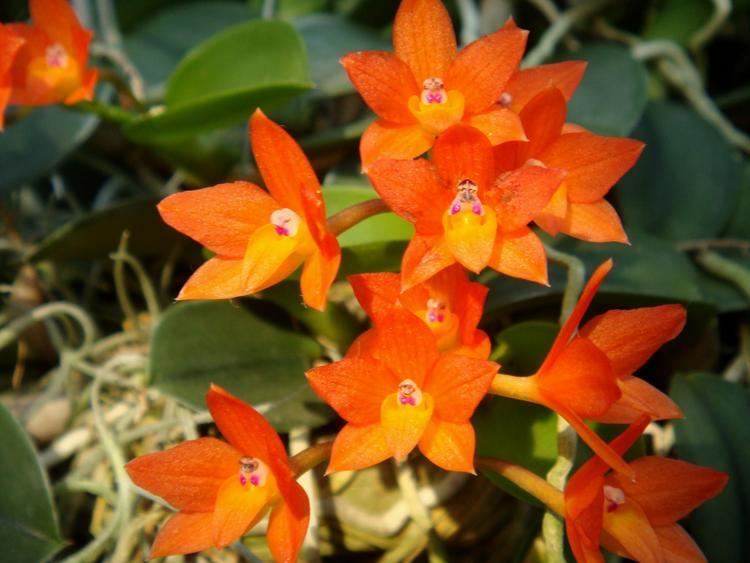
Species description
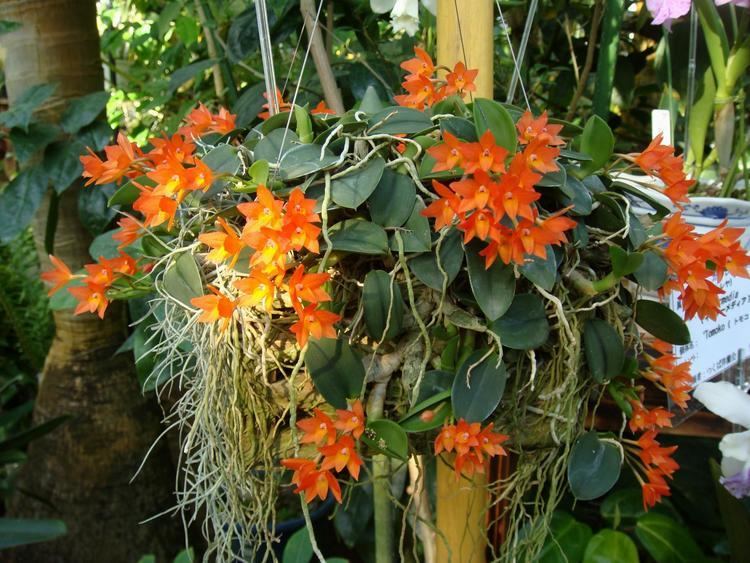
In cultivation, this species grows best when mounted, in warm and bright conditions.
Subspecies varieties
